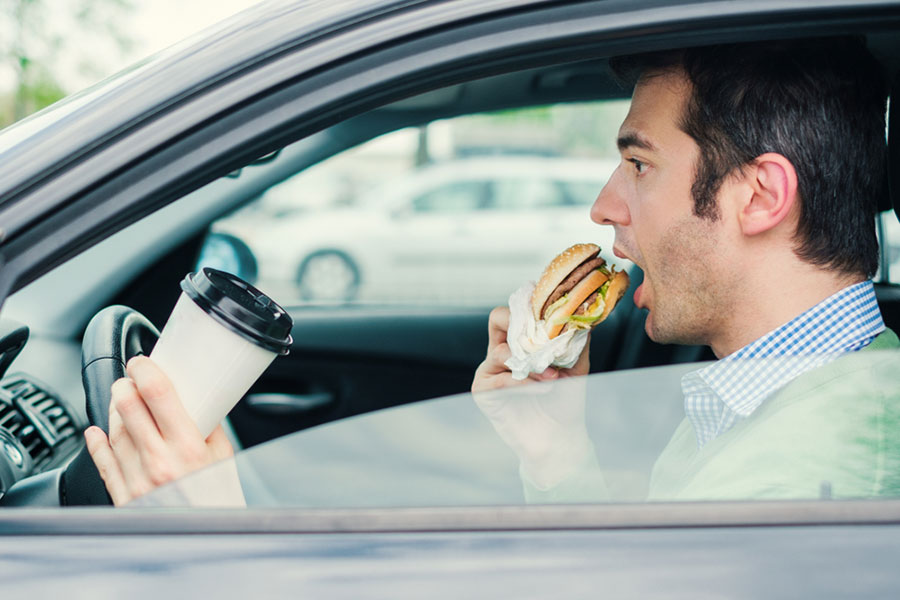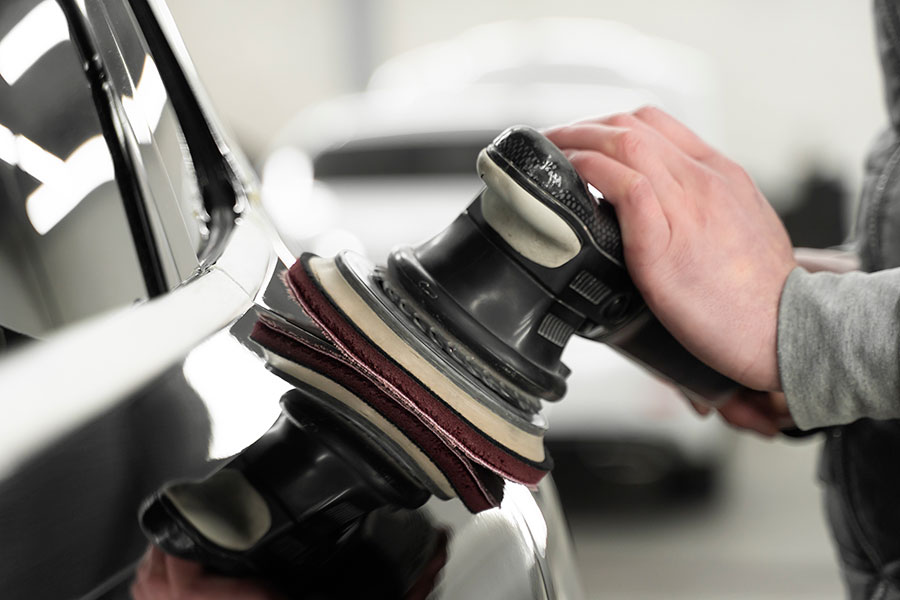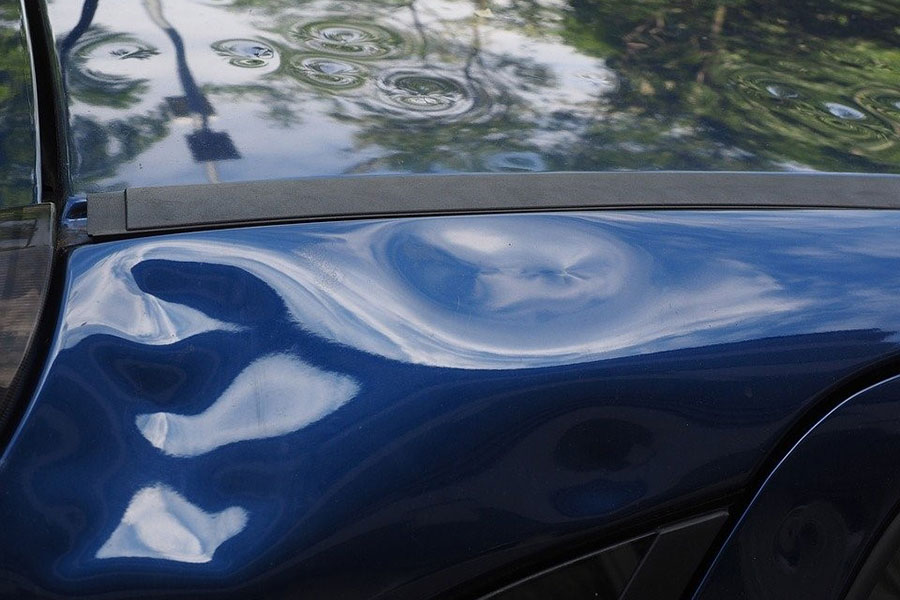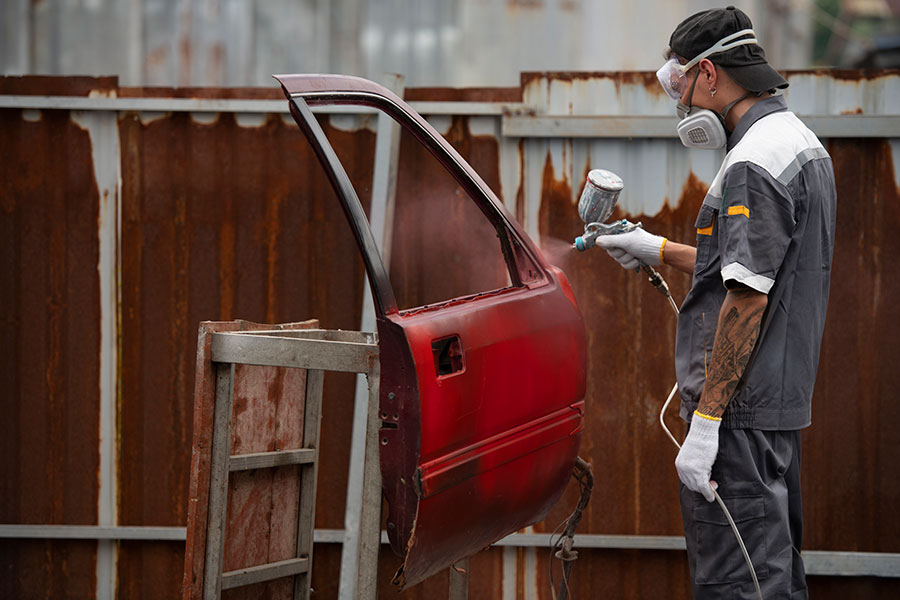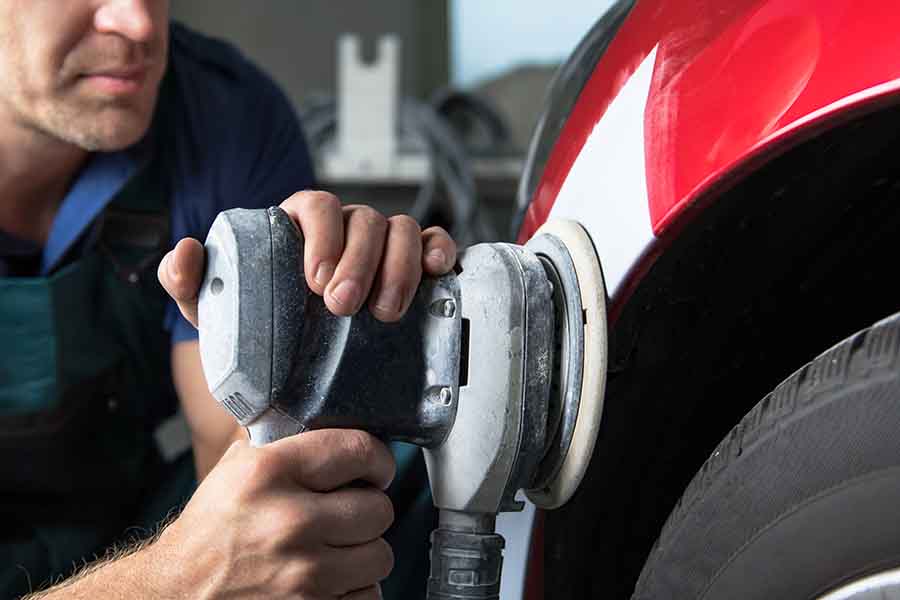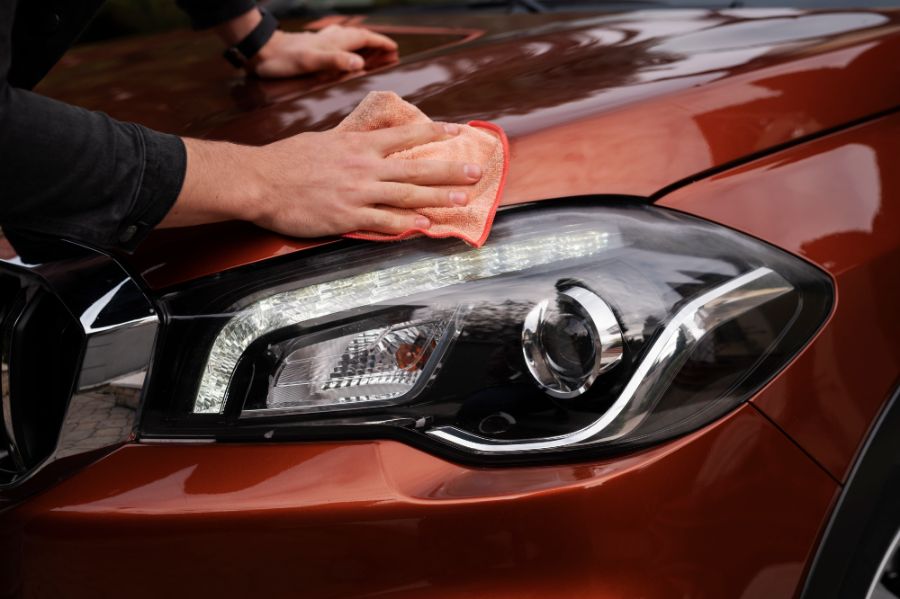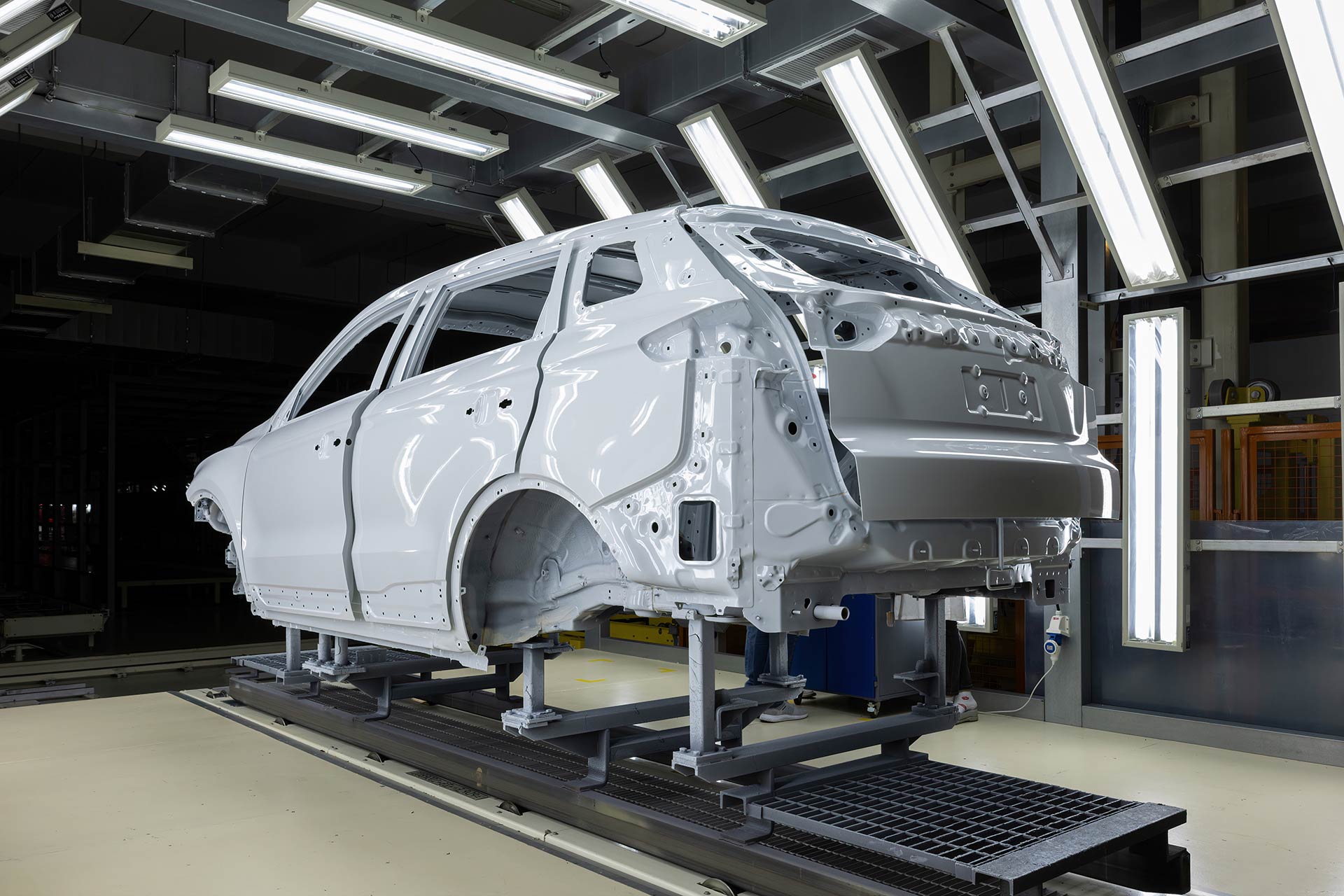Ever wondered why some cars look brand new even after years of use while others fade and chip? The secret lies in extending car paint life, a skill that can save you money and keep your ride looking its best. With just a few simple steps, you can protect your car's paint from the sun's harsh rays, prevent rusting, and avoid those pesky scratches that seem to appear out of nowhere. It's not about spending big bucks on professional treatments; it’s about knowing the right tips and tricks to maintain that glossy finish year after year. Dive into our guide to discover how easy it is to keep your car shining like it just rolled off the showroom floor.
Understanding Car Paint Life
Environmental Factors
The life of car paint can greatly vary depending on several factors. One major aspect is the environment. Cars exposed to harsh sunlight, salty air, or extreme temperatures face faster degradation.
Car paint can last longer in mild climates. However, in areas with strong UV rays or coastal regions, special care is needed. These conditions can cause paint to fade or peel sooner.
Maintenance Habits
Routine maintenance plays a crucial role in extending paint life. Regular washing and waxing protect the paint from dirt and reduce fading. Neglecting these steps can lead to dull and damaged surfaces.
Using quality cleaning products is essential. Harsh chemicals can harm the paint, while high-quality waxes add a protective layer. This helps maintain the shine and health of the car's exterior.
Paint Quality
Factory paint jobs are known for their durability. They often last the vehicle's lifetime with proper care. Aftermarket paint jobs vary in quality and may not endure as long.
Choosing a reputable service for aftermarket painting is key. High-quality paints and application techniques ensure longevity. They prevent common issues like chipping and fading.
Vehicle Value
Understanding paint life is vital for maintaining a car's value. A well-kept exterior attracts buyers and commands a higher price. It also reflects the owner's care for the vehicle.
Regular inspections can catch problems early. Addressing issues like rust spots or chips keeps the car looking its best. This investment pays off when selling or trading in the vehicle.
Reasons for Paint Degradation
UV Exposure
Sunlight can be a car's biggest enemy over time. The ultraviolet (UV) rays from the sun damage car paint by breaking down the chemical bonds in the paint. This process leads to fading, dullness, and the loss of the paint's glossy finish. Cars parked outdoors without protection face the most risk.
They suffer more because they are exposed to direct sunlight for hours. Using a car cover or parking in shaded areas can help protect the paint from UV damage.
Chemical Stains
Chemical stains from bird droppings, tree sap, and industrial pollutants also play a significant role in degrading car paint. These substances are acidic and can etch into the paint, leaving permanent marks if not cleaned promptly.
Bird droppings are particularly harmful because they harden over time, making them difficult to remove without causing scratches. Regular washing helps, but it's crucial to use gentle cleaning agents designed for cars.
Physical Scratches
Physical scratches, whether from improper washing techniques or external factors like stones and debris, lead to immediate paint damage. These scratches can be superficial or deep enough to expose the undercoat or metal.
Improper washing techniques, such as using rough sponges or brushes, accelerate wear by introducing micro-scratches on the surface. These scratches accumulate over time, dulling the paint's shine and making it more susceptible to further damage.
Environmental Pollutants
Environmental pollutants like acid rain and salt used on roads during winter cause significant harm to car paint. Acid rain leaves behind water spots that etch into the paint over time, while salt accelerates corrosion, especially in colder climates.
Protecting your car from these elements involves regular washing and applying a protective wax coating to create a barrier against these pollutants.
Regular Washes for Paint Health
Contaminant Removal
Regular washing plays a crucial role in maintaining the health of your car's paint. Dirt, bird droppings, and tree sap can stick to the surface of your vehicle. Over time, these contaminants can cause damage. They eat away at the paint if not removed promptly.
Washing your car regularly helps prevent this damage. It removes harmful substances before they have a chance to cause harm. Think of it as giving your car a protective shield against the elements.
pH-Neutral Products
Using the right cleaning products is vital for preserving your car's paint health. Opt for pH-neutral car wash soaps. These products are gentle on the paintwork. They clean effectively without stripping away the protective layer of the paint.
Harsh chemicals found in some detergents can be too aggressive. They might make your car look clean but at a cost. Over time, they can dull the shine of your car and weaken the paint’s defense against corrosion.
Washing Frequency
The frequency of washes depends on several factors. Consider how often you use your car and where you drive it. Also, think about the environmental conditions it's exposed to.
- For cars used daily in cities or coastal areas, aim for a wash every two weeks.
- If you're in a rural area with less pollution but more dirt roads, once a month might suffice.
- Vehicles parked under trees or exposed to birds may need more frequent cleaning.
Adjusting your washing schedule based on these factors will help extend the life of your car's paint.
Expert Tips
Some additional tips can further protect your vehicle's exterior:
- Always dry your car after washing to prevent water spots.
- Use a soft cloth or sponge to avoid scratching the paint.
- Consider applying a wax coat after washing for extra protection.
These practices enhance the benefits of regular washing. They keep your car looking its best and safeguard against paint damage.
Shielding Paint from Elements
Car Covers
Car covers offer a simple yet effective way to protect your vehicle's paint from harsh sunlight and other damaging elements. By using a cover, you shield the car from direct UV rays that can fade and damage the paint over time.
It's best to choose a breathable material. This prevents moisture buildup which could lead to rust. Car covers are especially useful for those who don't have access to covered parking.
Shade Parking
Parking in shaded areas is another straightforward method to keep your car's paint looking new. It reduces exposure to UV rays significantly. Trees or buildings can provide the necessary shade.
However, be mindful of sap or bird droppings which can also harm the paint. Regular checks ensure these substances don't sit on the surface for long.
Paint Sealants
Applying a high-quality paint sealant offers long-term protection against various elements. Sealants form a protective layer that shields the paint from UV rays, dirt, and water.
This layer can last several months, making it a cost-effective solution for maintaining paint health. It's an excellent follow-up to regular washing routines.
Ceramic Coatings
Ceramic coatings take paint protection to the next level by offering a harder, more durable barrier against environmental hazards. They repel water and dirt, making the car easier to clean while also providing superior protection against sun damage.
Though more expensive upfront, their longevity and effectiveness make them a worthwhile investment for those seeking the best in paint protection.
Polishing and Waxing Techniques
Polishing Basics
Polishing is a key step in maintaining your car's paint. It uses abrasive compounds to remove a thin layer of paint. This process smooths out the surface, removing swirl marks and light scratches.
To safely polish your car, start with a clean surface. Use a foam pad and a small amount of polish. Work in small sections, using circular motions. Keep the polisher moving to avoid damaging the paint. After polishing, wipe off the residue with a microfiber cloth.
Waxing Benefits
Waxing adds a protective barrier to your car's paint. It shields against UV rays, dirt, and water. Unlike polishing, waxing doesn't remove paint. Instead, it applies a protective layer on top.
For best results, apply wax after polishing. Use a foam applicator and spread the wax in thin, even layers. Allow it to dry to a haze, then buff off with a microfiber towel. Regular waxing—every three months—will keep your car looking shiny and new.
Swirl Removal
Swirl marks are fine scratches that catch light. They're often caused by improper washing or drying techniques. Polishing is the most effective way to remove them.
Start with a mild polish and a dual-action polisher for safety. Work slowly and check your progress frequently. Avoid aggressive polishing, as it can remove too much paint.
Scratch Correction
Light scratches can also be addressed through polishing. Choose a polish appropriate for the scratch depth. Deep scratches may require wet sanding before polishing.
Always test the polish on a small area first. If you're unsure about tackling deep scratches yourself, consider seeking professional help.
Regular Waxing
Regular waxing is crucial for long-term paint protection. It creates a barrier against elements like sun, salt, and pollution.
Apply car wax every three months or after each polishing session. This regular maintenance not only protects but also enhances your car's appearance.
Detailing for Lasting Shine
Paint Correction
Auto detailing goes beyond simple car washes. It includes paint correction, a critical step in maintaining a vehicle's appearance. This process removes imperfections like swirl marks, scratches, and oxidation from the paint surface.
By using specialized tools and compounds, experts can restore the paint to its original glory. They meticulously work on each section, ensuring no spot is missed. This attention to detail not only enhances the look but also prepares the surface for further protection.
Clay Barring
Clay barring is another essential component of auto detailing. It involves using a clay bar to remove embedded contaminants from the paint surface that washing alone can't clean.
This step leaves the paint feeling incredibly smooth and ready for sealants or waxes. By removing these tiny particles, clay barring prevents them from causing further damage to the paint. It's a crucial prep stage that ensures treatments adhere better and last longer.
Professional Services
Opting for professional detailing services offers numerous benefits for car owners who wish to maintain their vehicle’s paint in top condition. Professionals have access to high-quality products and tools that might not be available to the average consumer.
They possess the expertise to choose the right treatments for different types of paint and finishes. Their skills ensure that every application is done correctly, maximizing the longevity of the paint's shine and protection.
Professionals also save car owners time and effort. While DIY detailing can be rewarding, it requires a significant investment in terms of tools, products, and learning. Professional detailers can achieve better results in less time, making it a convenient option for many.
Home Care Tips for Paint
Regular Washing
Regular washing keeps the car looking fresh and prevents dirt from damaging the paint. Use a gentle soap and water mix for effective cleaning. It's crucial to wash your car every two weeks at least.
They should avoid harsh chemicals. These can strip the wax off your car, exposing the paint to elements. Instead, a mild detergent will do the trick without causing harm.
Drying Techniques
After washing, drying is just as important. Microfiber cloths are best for this task. They absorb water quickly and don't scratch the paint.
Rubbing your car dry with rough towels can leave marks. Microfiber cloths are soft and designed to protect your car's finish. Using them helps maintain that new-car shine.
Protective Waxing
Applying wax adds an extra layer of protection against the sun and dirt. Do this every three months to keep the paint in top condition.
Wax acts as a shield for your car's paint. It repels water and dirt, making cleaning easier. Plus, it gives your vehicle a beautiful gloss.
Spot Cleaning
Immediate action is needed when dealing with bird droppings or tree sap. These substances can etch into the paint if left untreated.
A solution of baking soda and water can gently remove these spots without harming the paint. Always clean these spots right away to avoid permanent damage.
Parking Wisdom
Where you park can impact your car's paint life. Seek shade or use a car cover to protect against sun and environmental damage.
The sun's UV rays can fade and damage your car's paint over time. Parking in the shade or using a cover when outdoors for long periods helps prevent this.
Reviving Dull Paintwork
Cutting Compounds
Cutting compounds act as a first aid for lackluster car exteriors. They work by removing a thin layer of paint, eliminating surface scratches and stains in the process. This method is particularly effective for cars with light to moderate dullness.
Start by washing the car thoroughly to remove any dirt or debris. Apply the cutting compound with a soft cloth or a buffer pad, working in small sections to ensure even coverage. It's crucial to follow the product's instructions closely to avoid damaging the paint. After buffing, you'll notice an immediate improvement in the paint's appearance.
Polishing Techniques
Polishing takes the restoration process a step further. It smooths out the surface after using a cutting compound, bringing back the shine and depth of color.
For best results, use a dual-action polisher and a high-quality polish. Move the polisher in overlapping circles over each section of the car. Keep a steady pace to avoid overheating any area. Polishing not only enhances the look but also adds a protective layer against future damage.
Restoration Kits
For DIY enthusiasts, paint restoration kits offer a comprehensive solution. These kits typically include everything needed: cutting compounds, polish, and application tools. They are designed to be user-friendly, with detailed instructions that guide users through each step.
Choosing the right kit is essential. Look for products with positive reviews from other users and check that they are suitable for your car's paint type. With patience and careful application, these kits can produce results comparable to professional services.
Professional Services
In cases of severe oxidation or deep scratches, professional paint correction might be necessary. Specialists have access to advanced tools and techniques that can tackle these challenges effectively.
Professionals will assess the condition of your paintwork and choose the most appropriate treatment plan. They can also provide advice on maintaining the finish after correction, ensuring long-lasting results.
Summary
Extending the life of your car's paint isn't just about keeping it looking good; it's also about preserving its value and integrity. You've learned that factors like sun, dirt, and neglect can dull your ride's sparkle. But, with regular washes, protection from the elements, smart polishing, waxing, and some DIY care tips, you can keep it shining for years. Reviving dull paintwork isn't a lost cause either; it's totally doable with the right approach. By taking these steps, you're not just maintaining your car’s appearance; you're investing in its longevity and resale value.
Now's the time to roll up your sleeves and put this knowledge to work. Your car’s paint health is in your hands. Start with a simple wash this weekend, and maybe try out a new wax or polish. Every bit helps. Keep your ride looking fresh and fabulous, and remember, the effort you put in pays off in spades. Let's make those cars shine!
Frequently Asked Questions
How can I extend the life of my car's paint?
Regular washing, polishing, and waxing are key to protecting your car's paint from degradation and ensuring it remains vibrant and protected from the elements.
What causes car paint to degrade over time?
Exposure to sunlight, harsh weather, and pollutants are primary reasons for paint degradation. Regular maintenance can mitigate these effects.
Is it necessary to wash my car regularly for paint health?
Yes, regular washes remove contaminants that can damage the paint over time, helping to maintain its health and appearance.
How does polishing and waxing benefit car paint?
Polishing removes imperfections and smoothens the surface, while waxing adds a protective layer against UV rays and pollutants, enhancing shine and longevity.
Can detailing help in maintaining the shine of car paint?
Absolutely. Detailing goes beyond regular cleaning, addressing every aspect of the car’s exterior to ensure a lasting shine and protection.
Are there any home care tips for maintaining car paint?
Yes, parking in shaded areas, using a car cover, and applying a quality wax are simple home care tips that can significantly extend the life of your car's paint.
What should I do to revive dull paintwork on my car?
Reviving dull paintwork often involves thorough cleaning, polishing to remove oxidation, and applying a coat of wax for shine and protection.





